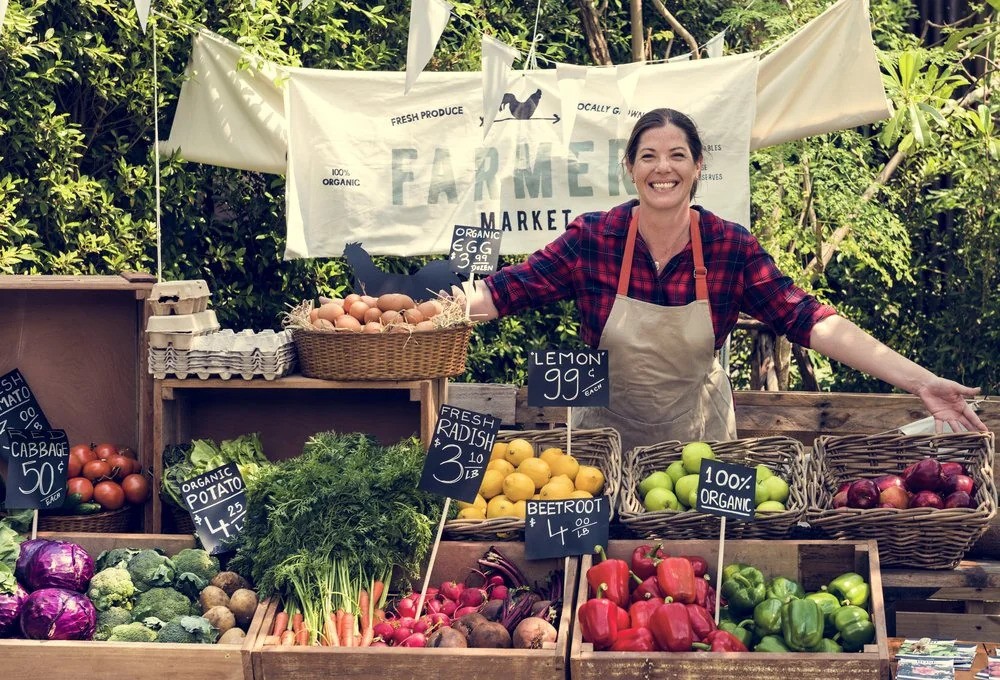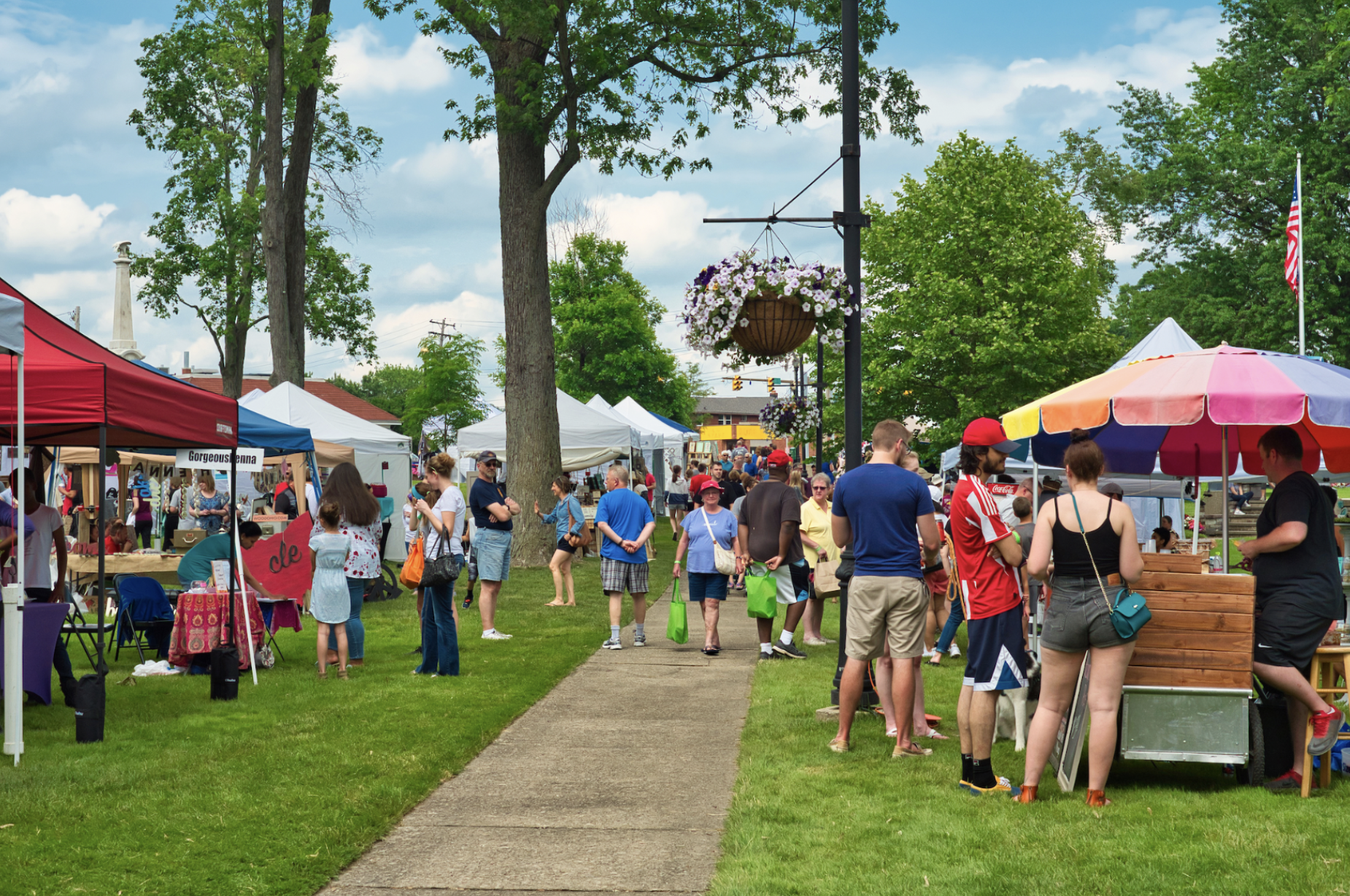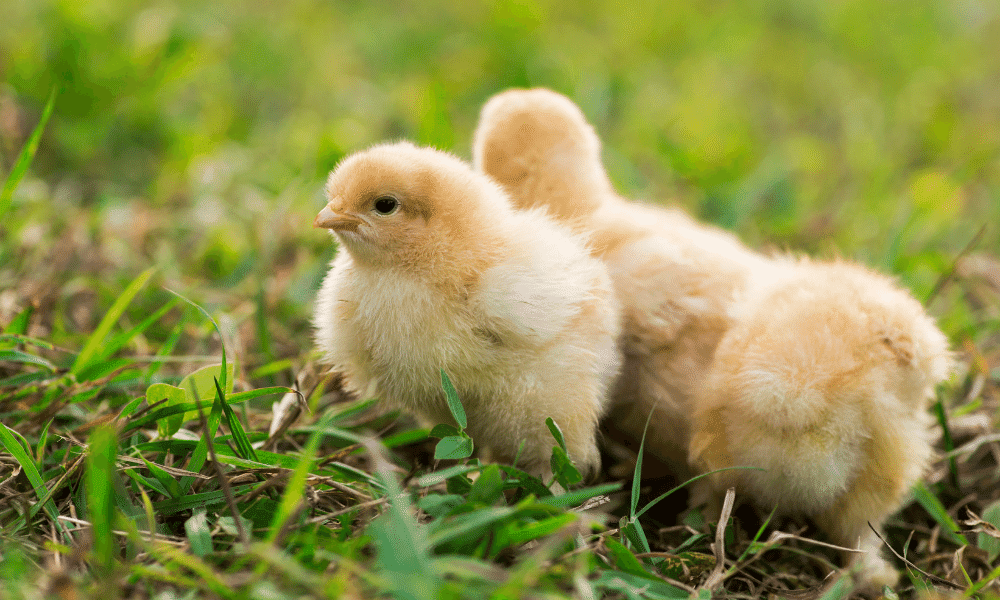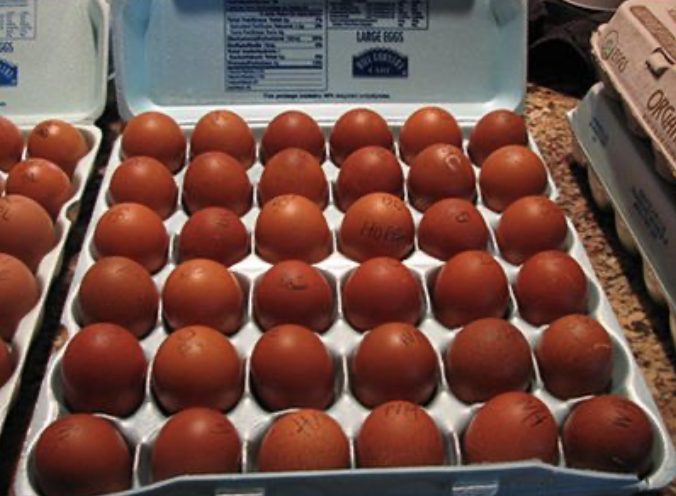Black Copper Marans and their Counterparts
Black copper marans chickens are one of the most diverse and fascinating chicken breeds out there. These fascinating birds come in so many variations. It's quite fascinating that several breeders and clubs are on the fence, not knowing if some types of Marans are completely individual breeds, devoid of any commonalities. French Black Copper Marans are acknowledged by some while English Marans have their own advocates, and amusingly, a chunk of poultry clubs recognize both types regardless of the possibility that they may not be related at all. But don't worry, we at Roobeez are eager to help! If you need guidance on how to rear either type of Marans, check out our carefully crafted, detailed guide below. It has all the vital information you're looking for.
Still, at Roobeez, we strive to answer all possible questions you may have. So, if you’re looking for insight on how to raise either type of Marans, below we’ve compiled a detailed breakdown with everything you need to know.
First - the BIG clarification about the "Marans Chicken"
Let's start with the most important thing first – the name of the breed is always spelled as "Marans chicken," with an "S" at the end. However, the interesting part is that the "S" is actually silent! So, when it comes to pronouncing it, the correct way is "Muh-ran." It's quite common for people to say "Muh-rans" or even spell it as "Maran chickens" instead. Don't worry though, people will still understand what you mean, even if you make these mistakes. However, it's always better to be accurate, especially when you're interacting with breeders and other professionals. Now that we have that cleared up, let's take a look at the other important characteristics of this breed that you need to be aware of.
Marans History
Understanding the history of rare chicken breeds may not initially seem important for homesteading, but it plays a crucial role in comprehending their physical characteristics, temperament, and other unique traits. Take the Marans chicken, for instance. Its official history can be traced back to the early-to-mid 1800s in France, specifically in the port city of Marans, located in southwestern France within the Charente-Maritime area of the Nouvelle-Aquitaine region.
The first documented showing of Marans chickens occurred in 1914 in La Rochelle, where they were introduced as the "poule du pays" or the local chicken. These initial French Marans chickens were believed to be the result of crossing various breeds such as Brahmas, Langshans, and Faverolles, although some experts speculate that other breeds might have also been involved. Despite this, the breed can be considered relatively new, as it was during the 1800s when the predecessors of Marans were crossed with imported Croad Langshans to enhance the table qualities of the birds.
Before this crossbreeding, earlier versions of the southwestern French breed could be traced back to the 1300s, when farmers began crossing marsh hens with gamecocks. Following their appearance in La Rochelle, the first breed society for the feather-legged French bird was established in 1929, and the first standard was created in 1931. Around the same time, a few Marans eggs were brought to Britain by Charles Kelvynge Greenway, the second Baron Greenway, who later showcased his stock of Marans at Crystal Palace in 1934.
However, this is where the "big Marans divide" emerges, as Greenway's Marans lacked feathered shanks, unlike their French counterparts. Many believe that these English Marans may not be true descendants of the original French breed. According to the Poultry Club of Great Britain, the British Marans do have French Marans ancestry but have also been crossbred with other breeds, including the Coucou de Rennes, Coucou de Malines, Gâtinaise, Faverolles, Braekel, barred Plymouth Rock, and Croad Langshan.
The exact connection between French and English Marans chickens remains uncertain. Nevertheless, it is important to note that these two types are quite similar in most aspects, except for the presence or absence of feathers on their shanks.
Marans Size and Looks
Marans chickens are known for being medium-sized birds. The roosters typically weigh around 8 lbs or 3.5-4 kg, while the hens tend to reach about 6.5 lbs or 2.5-3 kg in weight. On the other hand, Marans Bantam roosters usually don't exceed 2 lbs or 1,100 grams, and Marans Bantam hens rarely reach 2 lbs or around 900 grams.
One interesting characteristic of Marans chickens is their wide range of colors, which we'll explore further shortly. However, all Marans chickens share what's known as "tight and hard feathering." This particular type of feathering is more commonly found in game birds rather than poultry, which makes Marans chickens feel distinct when touched. In simple terms, their feathers are shorter, narrower, and more rigid compared to other chickens.
In terms of appearance, Marans roosters have relatively large and upright single combs, while hens have combs that flop somewhat to the side. Their wattles are of medium size, and their earlobes are red. Additionally, Marans chickens have white skin, unlike the yellow skin commonly found in other chicken breeds. Moreover, when it comes to their legs and shanks, French Marans have feathers covering them, while English Marans have featherless legs.
Breed Standard
Different poultry clubs have varying standards for Marans chickens due to the controversies and differences between French and English Marans. For instance, the French breed standard recognizes only ten colors for French Marans, including white, wheaten, golden cuckoo, silver cuckoo, black, copper-black, silver-black, copper-blue, black-tailed buff, and Columbian. Additionally, the French standard recognizes four colors for French Bantam Marans: white, black, silver cuckoo, and copper-black.
On the contrary, the English standard acknowledges both French and English Marans, with English Marans having four recognized colors: dark cuckoo, black, silver cuckoo, and gold cuckoo. Similarly, the Australian Poultry Standard recognizes both French and English Marans. However, the American Poultry Association only recognizes the French Marans. Despite these standards, people still breed and care for both types, and English Marans are quite common in the United States.
Marketplace
You might also be interested in...

Shop for chickens, livestock or other farm goods

About Farm Expo Events

Sell Your Chicks and Eggs
Here are some of the most common types of Marans chickens you may come across:
French Marans – These birds are the classic representation of Marans chickens and can be easily identified by their feathered shanks. They are available in all the colors mentioned earlier, including a Bantam variety.
Black Marans – These Marans have predominantly black feathers that beautifully contrast with their white skin. The only color besides black on these birds comes from their vibrant red combs and wattles. Overall, Marans chickens exhibit a wide range of colors and characteristics, making them a fascinating breed for poultry enthusiasts.
Black Copper Marans – these are one of the most common Marans variety in the US and abroad. Black copper Marans chicks have a gorgeous black color with copper tinges on the neck and head. Copper Marans eggs are also famously darker than those of most other Marans, making black copper Marans chicks very sought-after.
White Marans – in stark contrast to the all-black and Black Copper Marans birds, the white Marans come in an all-white plumage. They look great when clean, however, free-ranging white Marans can be dangerous for the birds if there are predators in the area.
Wheaten Marans – while they may sound “ordinary,” wheaten Marans have a beautiful goldish color that looks especially good on French Marans.
Cuckoo Marans – the US standard doesn’t technically recognize the Cuckoo Marans chicken, yet it’s one of the most common Marans in the country. Cuckoo Maran eggs also tend to be more, as many breeders report Cuckoo Marans lay up to 220-280 eggs a year.
Less Common Marans Color Variations – other colors you may encounter include the Brown Red, Columbian, Salmon, Black-Tailed Buff, Birchen, Silver Cuckoo, Blue, Blue Wheaten, Blue Copper, and Golden Cuckoo.
Bantam Marans – these small birds come in both English and French varieties and can also be found in most of the colors above.
Marans Temperament
Marans chickens are a great choice for beginner homesteaders due to their calm nature. They easily blend into existing flocks without showing any aggression, and they aren't usually bullied by other breeds due to their assertive nature. These chickens enjoy people's company and are social enough to interact gently, but they aren't fans of being picked up. They prefer to roam freely, which they enjoy, and are excellent at foraging, helping to control pests on your property. Their roosters, though docile, are alert in protecting the flock from potential threats. But keep in mind, both hens and roosters can be quite vocal which might be a problem if you have close neighbors
Marans Health and Hardiness
Marans chickens are pretty hardy and healthy birds and don’t have any breed-specific health complaints that aren’t common for most chicken breeds we discuss at Roobeez anyway. The two main things to note about the Marans specifically are:
The feathered legs of French Marans should be checked for scaly leg mites and other parasites. This sort of problem is one of the reasons many prefer birds with featherless legs – it’s just less work to keep them safe from pests.
While hardy, Marans chickens are not cold-loving birds. They do best in moderate climates, but if the winters get a bit harsher where you live, you will do well to ensure your Marans stay safe from the cold. As with many other poultry birds, the combs and legs are particularly vulnerable to frostbite.
Marans Eggs
One thing that makes Marans chickens so famous and sought-after is their beautiful dark-brown eggs. Arguably coveted by the Black Copper Maran to have the darkest eggs. Not only are their eggs beautiful, but they are also relatively large. Marans lay 3-4 eggs a week or about 200 eggs a year, which doesn’t make them the most prolific layers, but it’s still quite good for a backyard chicken, especially considering the large egg size. Most hens will typically start laying as soon as they reach 5-6 months of age too.
Just to be clear, you shouldn't expect all Marans chickens to lay super dark eggs. That said, the black copper Marans are known for usually laying darker eggs. Do remember to look into your breeder because the color of the eggs can change based on different Marans lines. Some might even produce eggs with a slight wine-colored tint! It's also noteworthy to say that some Marans lay eggs more on the light chocolate side. While this might bum out some backyard farmers, it's actually perfectly normal. If your Marans aren't laying pitch-dark eggs, don't worry about them not being "pure Marans." It’s possible that they are purebred but just not laying the darker eggs. If you have a variety of Marans, maybe including some Blue Copper Maran eggs, especially the larger ones, the resulting eggs can range in a beautiful array of colors. An added note- Marans eggs set themselves apart in two more ways – they tend to be more round than oval and they are a bit sturdier than eggs from other breeds.
Marans Broodiness
While Marans hens are pretty good layers, they are not particularly broody. Nowadays, this isn’t much of a problem for homesteading as most people use incubators. However, if you want your hens to hatch their own eggs, a mixed flock would be best for your Marans, as they just aren’t often interested in brooding.
Marans Meat
Most backyard chickens are kept for their eggs, however, Marans chickens are a dual-purpose breed. Marans have large and flavorful breasts, making them great table birds. If you’re looking for efficiency in your table birds, however, the Marans may not be the most optimal choice as they age slower than other birds and usually won’t be ready for the table before their sixth month. As dual-purpose birds, Marans chickens function quite well.
Marans Chickens Pros & Cons
With all of the above out of the way, let’s sum up the pros and cons of Marans chickens.
Pros:
Marans chickens are dual-purpose birds, known for their excellent egg-laying capabilities and delicious meat.
They are also friendly and docile, making it easier for them to get along with other chickens and people.Marans are skilled foragers and enjoy the freedom of free-ranging.
Additionally, their eggs are visually appealing, even if not all of them have the renowned dark color.
Furthermore, this breed is generally resilient and healthy.
Cons:
However, Marans chickens are not well-suited for colder climates, as they are not resistant to frostbite and may require extra care during winters to keep them warm.
While they are generally docile, they don't particularly enjoy being handled or picked up.
Moreover, if you prioritize quantity over quality, there are other chicken breeds that are more prolific layers.
Overall, Marans chickens offer a great balance between egg-laying and meat production, while being friendly and having attractive eggs. However, they might require some extra attention in colder weather and they are not fond of excessive handling. Additionally, if you're looking for high egg yields, other breeds might be a better fit.
In Conclusion – Should You Get Marans Chickens?
Marans chickens are a fantastic option for backyard farmers and homesteaders seeking a friendly and relaxed bird to add to their existing flock. While they may not be the fastest growers or the top egg layers, they still perform reasonably well in both areas. Moreover, their meat and eggs are absolutely delicious, making them a delightful addition to your culinary endeavors. Whether you're aiming to enhance the aesthetics of your egg baskets or seeking a visually pleasing and drama-free addition to your flock, the Marans chicken breed is undeniably a superb choice.
The fun doesn’t have to end here.
Become a free Roobeez member for unlimited access to these features + more!
The Learning Library 📚
Get your hands on informational guides and expert advice on topics like livestock, homesteading, farming, small business, and more.
The Online Marketplace 🛍️
shop directly from your local small farms and artisans. As a seller, enjoy free advertisement and a dedicated storefront.
Exclusive Events 🎟️
Find local farm & homestead-related events. Experience the joy of local community connection!
You might also be interested in…






















Discover farmers markets near you with Roobeez! Explore local events, find seasonal and weekly markets, and shop fresh produce and handmade goods on our marketplace. Contribute to our growing directory by adding your favorite markets and community events. Supporting local has never been easier!